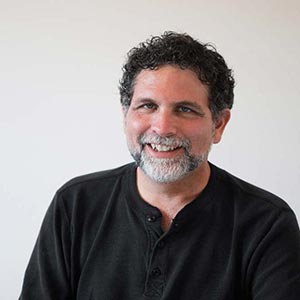 Over the past couple of years I have become increasingly interested in a growing conversation about what a trans-lineage spiritual tradition would be. And over that time I have watched that conversation grow and spread – and in a somewhat willy nilly way – mature. I believe that making a distinction between Inter-Faith and Trans-Lineage is an important part of the maturing process of the conversation.
Over the past couple of years I have become increasingly interested in a growing conversation about what a trans-lineage spiritual tradition would be. And over that time I have watched that conversation grow and spread – and in a somewhat willy nilly way – mature. I believe that making a distinction between Inter-Faith and Trans-Lineage is an important part of the maturing process of the conversation.
The inter-faith movement has been enormously successful and, as I wrote about in a recent blog post for the Integral Chicks, the modern inter-faith movement might have had its most identifiable birth moment when the great Swami Vivekananda appeared at the Parliament of the World’s Religions in Chicago in 1893. In his own irresistibly big hearted way Vivekananda called for members of all faiths to explore the rich possibilities that could be found in mutual appreciation and respect.
In his view, you would remain a Hindu, or a Christian, or a Buddhist, but you would authentically engage with the faith of your neighbors and learn to appreciate both the beautiful qualities that all faiths hold in common and the marvelous distinctions that make each faith unique. This call for mutual understanding won over the hearts of everyone present and ignited the modern interfaith movement.
There are two other significant milestones in the interfaith movement, at least in America that I would mention as examples of the power of this evolution in religious consciousness.
The first also involves the 1893 Parliament of the World’s Religions where Paul Carus an American scholar met the Zen Master Soen Shaku. Shaku later sent one of his students, the now famous Buddhist scholar D. T.Suzuki, to work with Carus translating texts into English. In the end Suzuki spent 11 years living and working with Carus.
The second important event is the visit by Christian monk Thomas Merton to Asia to meet with Tibetan masters including the Dali Lama. Merton met with the Dali Lama in Dharmsala, India and had a number of remarkable conversations, which he wrote about in his Asian Journals.
Now that we have a sense of what the inter-faith movement is we ask, what is different between that and a trans-lineage movement?
I would begin by stating that the inter-faith impulse is directed toward mutual appreciation and respect between faiths, while the trans-lineage impulse points toward a possibility that opens up in the interaction of faiths that transcends and includes the faiths. It is a consciousness that opens up in the space created by exploring multiple perspectives on truth. I would use Aldous Huxley and his work in outlining The Perennial Philosophy as an early example of trans-lineage work.
Huxley wasn’t only gaining an appreciation of different faiths. He was experiencing anew dimensions of truth that was emerging directly out of the space of comparison, but that was not contained in any one faith.
As one example of this new level of insight let’s use the idea of the perennial philosophy. This was the recognition that there are truths that are common to all religions and that these truths represented a deeper, meta-level of truth that could be accessed directly. Many of us have this understanding. We see that there are basic truths about reality and human nature that different religions and spiritual paths all seem to adhere to even if they use different words to describe them. This insight is the source of the common phrase “spiritual but not religious.”
You may or may not agree with this insight. You may or may not find it valid or helpful. But, agree or not, it is an example of a trans-lineage realization. It is a realization that goes beyond appreciating the similarities and difference of multiple faiths. It is generated through a deepening understanding of different faiths, but could never be found in any one faith in isolation. It is an understanding of an emergent order.
We can drawn an analogy to trans-disciplinary studies in general. When philosophers start to learn about neuroscience new insight and understanding results that would never have come out of either philosophy or neuroscience on its own. It is not only that philosophers start to appreciate neuroscience and gain greater respect for it as a discipline worthy of study. An alchemical reaction occurs in the mix that creates insights that transcends and include the two earlier isolated disciplines.
Generally speaking I would propose that inter-faith work is most directly involved with translation and understanding while Trans-lineage work is more directly involved with transmutation and transformation. There is some of each in the other of course, but as a broad distinction this is probably a good place to start.
